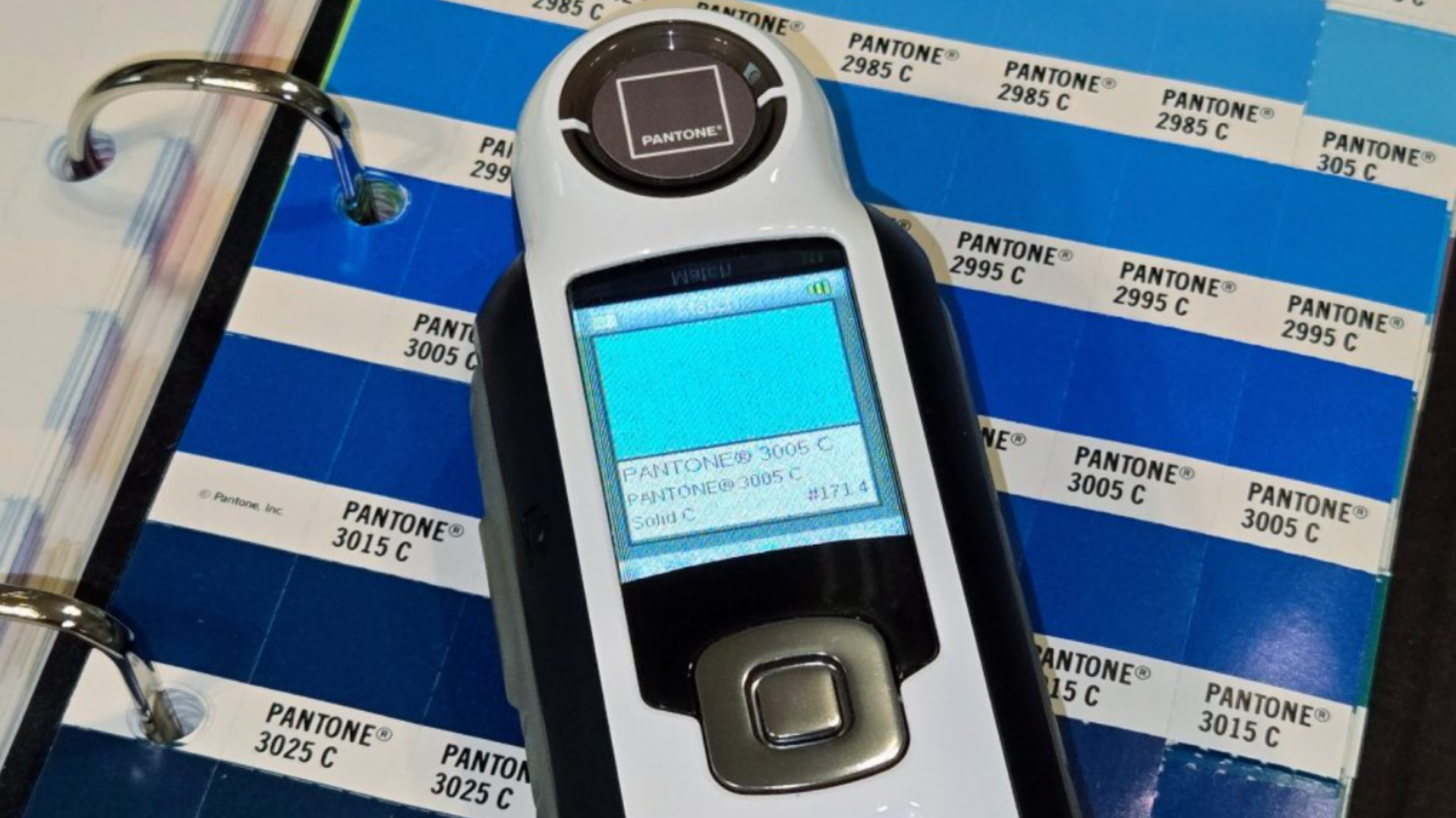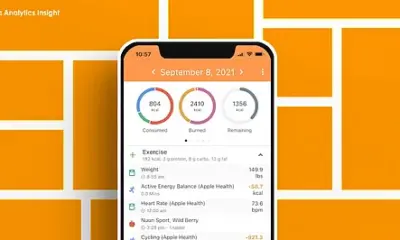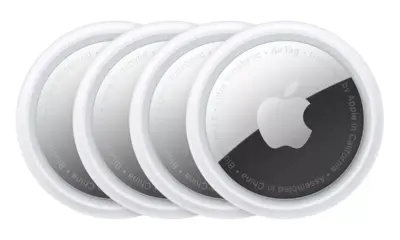Technology
Tech Enthusiast Hacks Spectrophotometer for Enhanced Color Accuracy

In a remarkable display of ingenuity, tech enthusiast Adam Zeloof has successfully modified a low-cost X-Rite/Pantone RM200 spectrophotometer to enhance its color measurement capabilities. This breakthrough allows the device to access a more comprehensive color library than what it originally offered, thereby increasing its utility for various applications.
The human eye’s perception of color is notoriously inconsistent, often leading to disputes over what different hues truly represent. To address this challenge, spectrophotometers are employed for their ability to measure colors reliably and match them against established standards. However, these devices can be prohibitively expensive, limiting their accessibility.
Uncovering Hidden Potential
When Adam Zeloof discovered two remarkably inexpensive RM200 models on eBay, he seized the opportunity, hopeful that they might still function properly. Upon testing, he found that while the devices operated correctly, they were specifically designed for cosmetic testing and only included a limited library of skin tones. In contrast, the base model of the RM200 featured a full range of color options.
Recognizing that the only significant difference between the two models was cosmetic branding, Zeloof surmised that the limitation was likely tied to the firmware. His investigation led him to explore the possibility of installing the firmware from the base model onto his device.
Zeloof began by utilizing the firmware updater provided by X-Rite. By analyzing the log files, he discovered that the updater sent the device’s serial number to an external server, which then responded with specific firmware information. To bypass this restriction, he modified the updater’s network requests to imitate the serial number of the base model.
Successful Firmware Installation
While this approach showed promise, Zeloof encountered a hurdle: the need for a device-specific security key to download the firmware. After an extensive search, he located an image of a base model that displayed both the serial number and the security key. Armed with this information, he substituted these values into his requests, ultimately enabling the updater to install the base model’s firmware without issue.
Although Zeloof is uncertain about the accuracy of the modified system’s measurements, initial results suggest they largely align with his own color calibration swatches. He acknowledges that there may be undiscovered hardware differences between the models, which could explain some discrepancies in the readings.
This innovative project underscores the potential for consumer-grade technology to be repurposed for more advanced applications. Zeloof’s modifications not only enhance the functionality of the spectrophotometer but also provide a practical solution to color disputes, such as one involving a roommate’s assertion about the color of a gaming console.
As the demand for precise color measurement continues to grow across various industries, this hack illustrates how enthusiasts can leverage existing technology to create more accessible tools for accurate color representation. The principles behind such modifications have even been applied in areas like counterfeit detection, showcasing the versatility of color measurement technology.
-

 Technology4 months ago
Technology4 months agoDiscover the Top 10 Calorie Counting Apps of 2025
-

 Health2 months ago
Health2 months agoBella Hadid Shares Health Update After Treatment for Lyme Disease
-

 Health3 months ago
Health3 months agoErin Bates Shares Recovery Update Following Sepsis Complications
-

 Technology3 weeks ago
Technology3 weeks agoDiscover 2025’s Top GPUs for Exceptional 4K Gaming Performance
-

 Technology2 months ago
Technology2 months agoElectric Moto Influencer Surronster Arrested in Tijuana
-

 Technology4 months ago
Technology4 months agoDiscover How to Reverse Image Search Using ChatGPT Effortlessly
-

 Technology4 months ago
Technology4 months agoMeta Initiates $60B AI Data Center Expansion, Starting in Ohio
-

 Technology4 months ago
Technology4 months agoRecovering a Suspended TikTok Account: A Step-by-Step Guide
-

 Health4 months ago
Health4 months agoTested: Rab Firewall Mountain Jacket Survives Harsh Conditions
-

 Lifestyle4 months ago
Lifestyle4 months agoBelton Family Reunites After Daughter Survives Hill Country Floods
-

 Technology3 months ago
Technology3 months agoUncovering the Top Five Most Challenging Motorcycles to Ride
-

 Technology4 weeks ago
Technology4 weeks agoDiscover the Best Wireless Earbuds for Every Lifestyle











